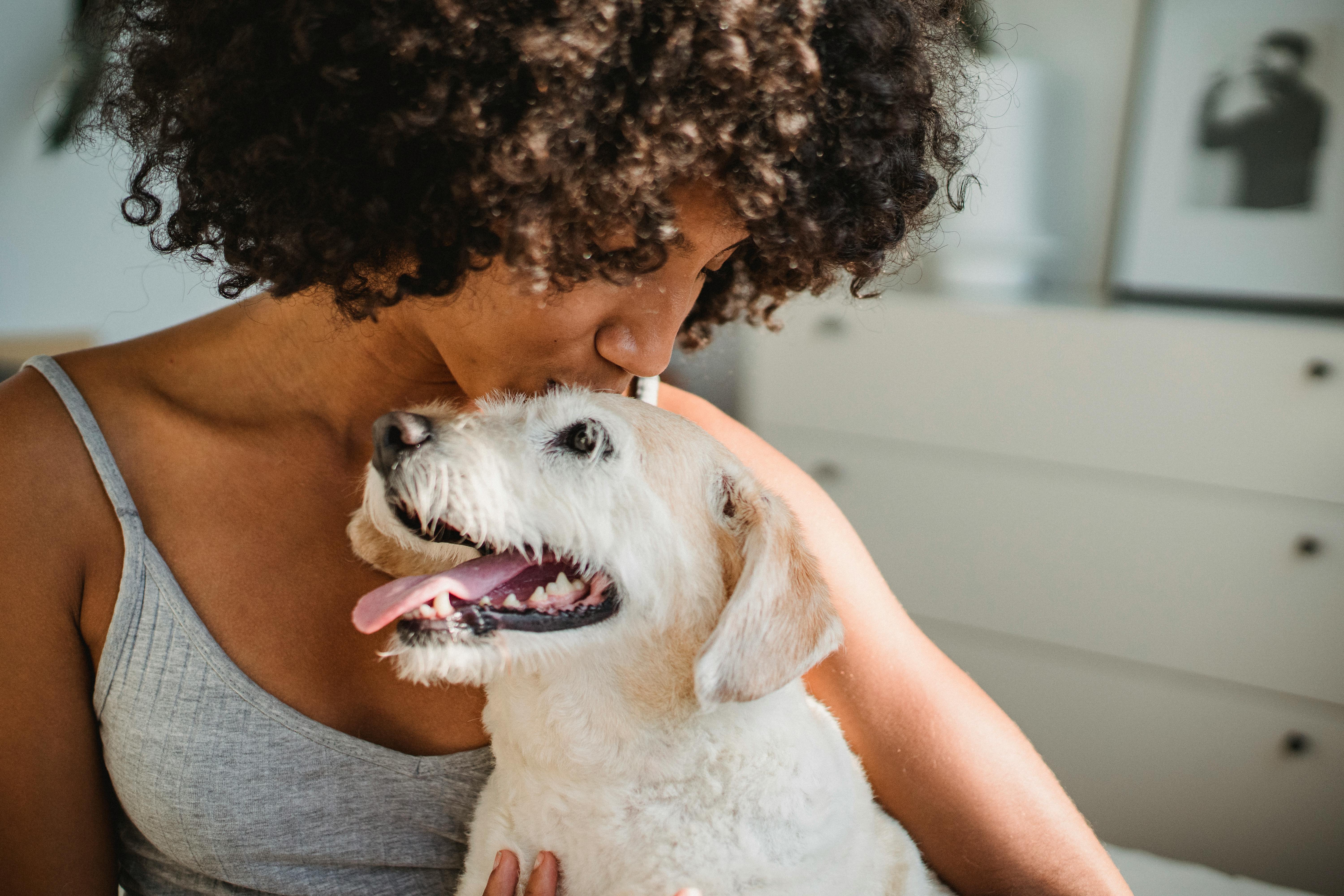The Golfer’s Guide to Optimum Arousal
Arousal is the degree of activation of the organs and mechanisms of the body that are under the control of the autonomic nervous system (Cox). The autonomic nervous system is the body’s system that controls the state of golf that influences bodily functions such as the heart and respiratory rate. When you face 3-foot pressure and your palms get sweaty, it’s the autonomic nervous system that releases the sweat. The bottom line is that a golfer’s level of arousal will significantly influence her performance in a competitive situation. This post is about helping you find and subsequently train yourself for optimal arousal.
When a golfer plays their best, they most likely have played their golf in an optimal state that has been significantly influenced by their state of arousal. Arousal is not the only factor in determining an optimal state. However, it is an important factor and must be addressed.
Many golfers leave this to chance, pay no attention to patterns related to arousal, and instead go out and play each and every round similar to playing the lottery…they expect their numbers to come up, but they believe they have no influence on a successful outcome. I want you to recognize that you can influence better golf. You can also influence the consistency!
On the subject of optimal arousal, the name of the game is ‘balance’. The object of the game is to achieve a state of balance between the two systems of the autonomic nervous system (sympathetic and parasympathetic). In addition to a great game of golf, an optimal level of arousal can be subjectively measured by the golfer by describing feelings about their “state,” but it can also be objectively measured by assessing heart rate, blood pressure, and respiratory rate. (That’s why he often uses a blood pressure device to measure blood pressure and pulse to confirm the effectiveness of golf psychology sessions.)
Interestingly, the sympathetic nervous system responds quickly to environmental stimuli, such as walking to the first tee with a large gallery or watching an opponent sink a big putt during a match. Comparatively, the parasympathetic system responds much slower. Suffice it to say that a golfer’s ability to remain calm under pressure is more a case of relaxing and activating the parasympathetic system faster (through training) in response to sympathetic changes, rather than preventing the sympathetic system from activating. as a result of environmental stimuli. which is almost impossible. The point I just made is crucial for anyone who wants to master consistency on the golf course.
In the sport of golf, success under pressure is primarily determined by the ability of golfers to calm down and re-access optimal states by following environmental cues that change their state. In the sport of golf, the golfer is required to continually pay attention to the external environment, as the golfer is required to pay attention to environmental cues (distance, hazards, the wind… even the conversations of fellow players) frequently.
The preferred state of arousal is one of harmony between the sympathetic and parasympathetic systems. You want to aim for an optimal level of arousal between deep sleep and extreme arousal. This can be as easy as recording your arousal levels for a while to discover your optimal levels.
Something to apply: As you complete a round, grab a spare scorecard and rate your arousal levels for that hole with a score of 1-10 (1 being just awake and 10 jumping out of your skin) in a column to the side. of your score. You can even add an extra ‘excite column’ to your game stats, for example the columns on your stat card will say: score; street hit; green hit; putts; and then ‘excitement’. Do this for 4 or 5 rounds and assess the correlation between your level of excitement on a hole and your score. Keep in mind that optimal levels of arousal will be different depending on the type of shot you are going to play. Typically, the golfer will benefit from a more subdued state when putting than when hitting a driver. This needs to be accounted for somewhat… you may want to take 2 arousal scores for each hole, one for your full shots and one for chipping and putting. Is there a relationship between your level of arousal with your short game and getting the ball up and down?
For optimal performance, the optimal level of arousal is often said to be an average level of arousal, as described by the “inverted-U hypothesis”. The inverted U hypothesis suggests that the relationship between performance and arousal is curvilinear. For example, if performance levels are placed on the vertical axis of a graph and arousal levels on the horizontal axis, the relationship between performance and arousal will be demonstrated by an inverted or inverted ‘U’ shape. The inverted U peaks at medium arousal, suggesting that performance is better at medium arousal.
My perspective on optimal arousal differs slightly from the above. It is my opinion that there is certainly a relationship between arousal and performance, but that one’s optimal levels of arousal are unique to them.
What I am saying is that one golfer may play better when he is very excited, while another golfer may play better when he is off. Find your own unique optimal level of arousal and try to get back to that level of arousal before each shot…regardless of what state your fellow players are in! (Completing the ‘arousal statistics’ exercise described above will provide you with your own ‘unique’ optimal arousal level.)
Schultz’s research has also shown that people seek an optimal state of arousal. This is called ‘internal drive for optimal arousal’. This means that it is very beneficial for the golfer to be clear and consistent with his golf results. Your arousal levels during the pressure of the tournament, for example, will be influenced by how clear and consistent you’ve given your mind about the outcome of your day.
Something to apply: Set specific goals, ensure consistency (frame your goals in a way that you wholeheartedly want to achieve that goal), and set your intention for what you want to happen. I have a simple test that I use with golfers to assess how clear and consistent they are with their shots. If I ask you off the tee, where are you going to hit this? The time it takes them to respond and the clarity of the tonality they use when responding is directly related to the congruence and clarity they have about that shot and the achievement of the objectives of the day.



Recent Comments